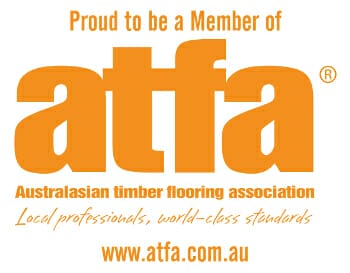Concrete
Polishing concrete is a modern and long-lasting flooring option with exceptional durability and is cost effective.
Concrete Flooring Services
Concrete is one of the most commonly used building materials in the world. It is a sustainable flooring option, as in most homes or workspaces, there will be an existing concrete slab suitable to be used and transformed into an attractive exposed concrete floor. With many options on the exposure level and final appearance, a polished concrete floor can be tailored to compliment your overall design and style. Grinding and polishing concrete is a modern and long-lasting flooring option with exceptional durability. It is low allergenic as it does not support mould growth and has outstanding thermal mass properties.
A polished concrete floor is a low maintenance option and easy to keep clean. The key point to remember about using an existing concrete slab is that the end result will be dictated by the quality of the original pour. The density level or hardness of the concrete, set outs what options are available and methods that needed to be followed. The more care that was taken during the pouring process will provide the least issues. Imperfections such as uneven distribution of aggregate/stones or tool and foot marks are always a possibility. Most cracks or potholes from nail and staple removal can either be patched or removed in the grouting process but each slab has its own limitations and needs to be assessed individually. We advise our customers to keep an open mind to these possibilities and try to embrace imperfections and be accepting their floor and its history.
If the existing floor is considered to have too much damage or not be suitable for the purpose of an exposed concrete floor, we can also suggest other options such as applying a self levelling compound or an epoxy coating, which as many colour options.
A new concrete floor can be tailored and poured for the purpose of exposing and polishing the concrete slab. This allows many styling options and the opportunity to also include extra comforts such as under floor heating. This aspect should be discussed with your architect and builder in the initial stages of the design process.
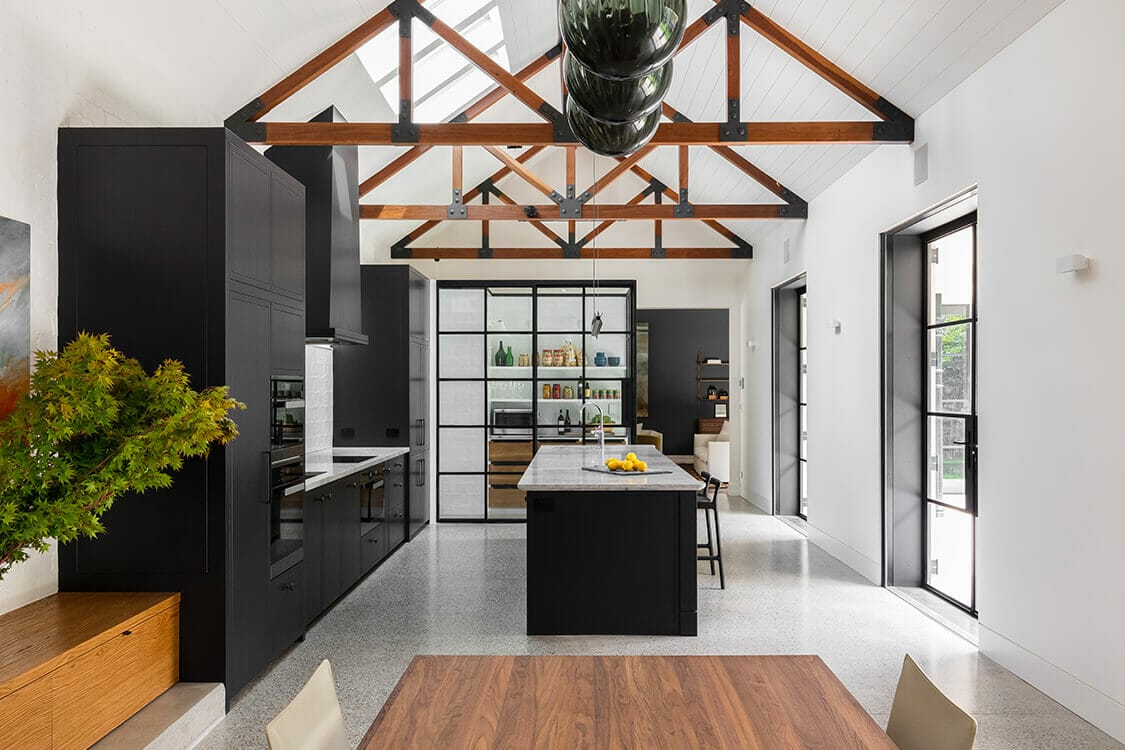


Floor Preparation
In order to start the grinding or honing process the floor needs to be clear of any existing coverings. Our services include the removal of timber, carpet, lino or tiles. Additionally topical residues such as grout, glue, paint, or self levelling compound.
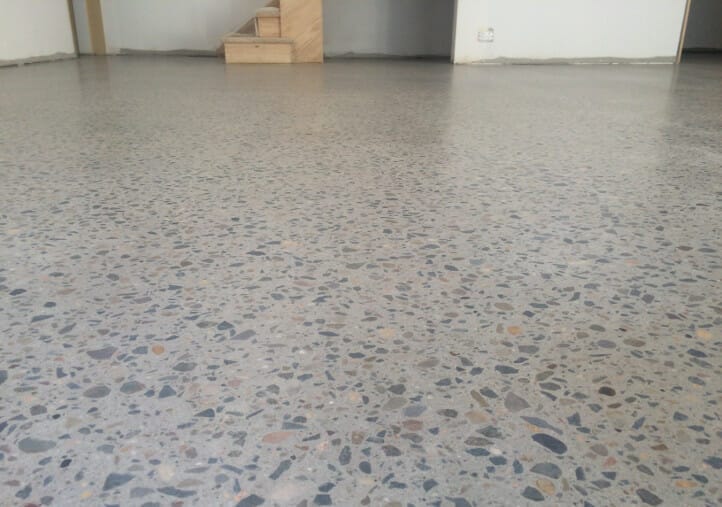
Grind and Seal
Grind and seal is an entry level option for an exposed concrete floor. It is also the only option in some cases where the concrete density or strength is too soft and does not allow the sealer to be penetrated below the surface.
It first involves grinding the slab to the desired exposure level. Then pin holes or cracks can be patched or grouted to help them disappear.
The floor is then sealed using a 2 pack water based topical sealer or if necessary, a clear epoxy coating. These sealers also come in satin, semi gloss or gloss.

Concrete Honing
Concrete honing is polished concrete option that is best used in areas that require a level of slip resistance such as kitchens, laundries, bathrooms and outdoor settings. It is our go to suggestion when polishing existing house slabs, inside or out.
It has the same principles as mechanically polished concrete however the polishing process is held back so that is not as shiny which in turn, provides better traction.
Concrete honing is only available in a matt or semi gloss finish.
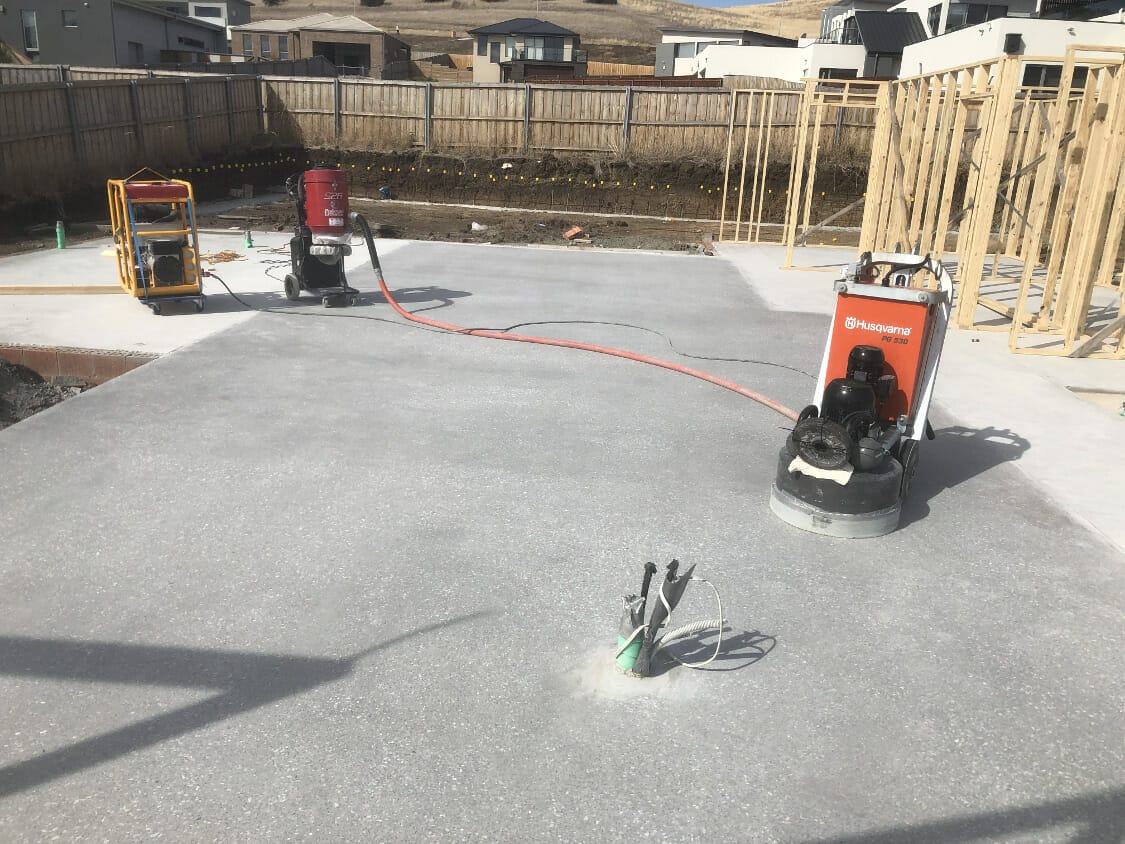
Mechanically Polished Concrete
Concrete polishing is a mechanically labour intensive process with multiple options that harden and diamond polish the surface.
The process can involve between 8-14 step and grit levels delivering a result that is extremely durable and provides a smooth yet slip resistant finish.
It requires a minimum of 32mpa hardness for the sealer to be able to be penetrated below the surface.
Polished concrete has superior thermal mass and doesn’t support the growth of mould. It is a popular low maintenance choice for homes looking to reduce their carbon footprint as it is utilizing an existing element of preexisting homes. It supports high traffic areas and high usage spaces such as family homes with children or pets. as the sealer is impregnated below the surface so it doesn’t wear as a topical sealer can.
A great option for commercial spaces and hospitality venues.
The 3 main types of exposure levels include:
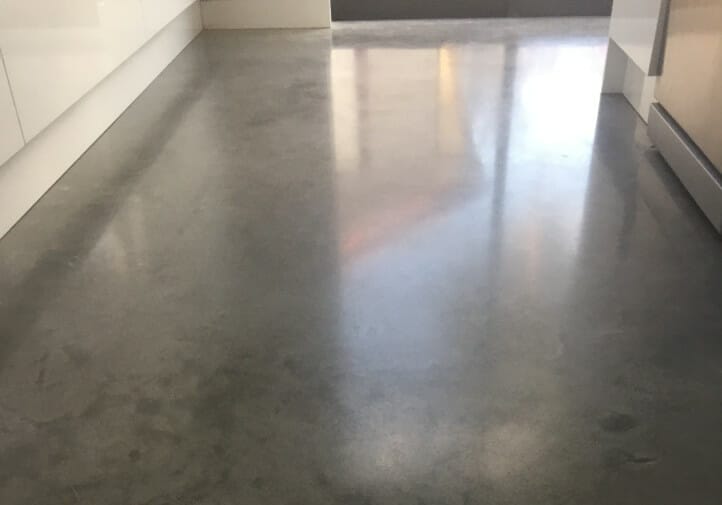
1 – Polished cream finish
This option does not expose the aggregate or stones used in the making of the concrete floor. Using polishing resins only, removing just the top layer of the concrete maintaining the overall look of the slab. For the floor to be able to be finished in this manner, the floor has to have certain qualities such as a min 32mpa or higher hardness, well cured and helicoptered to achieve a finished result that is smooth, flat and burnished.
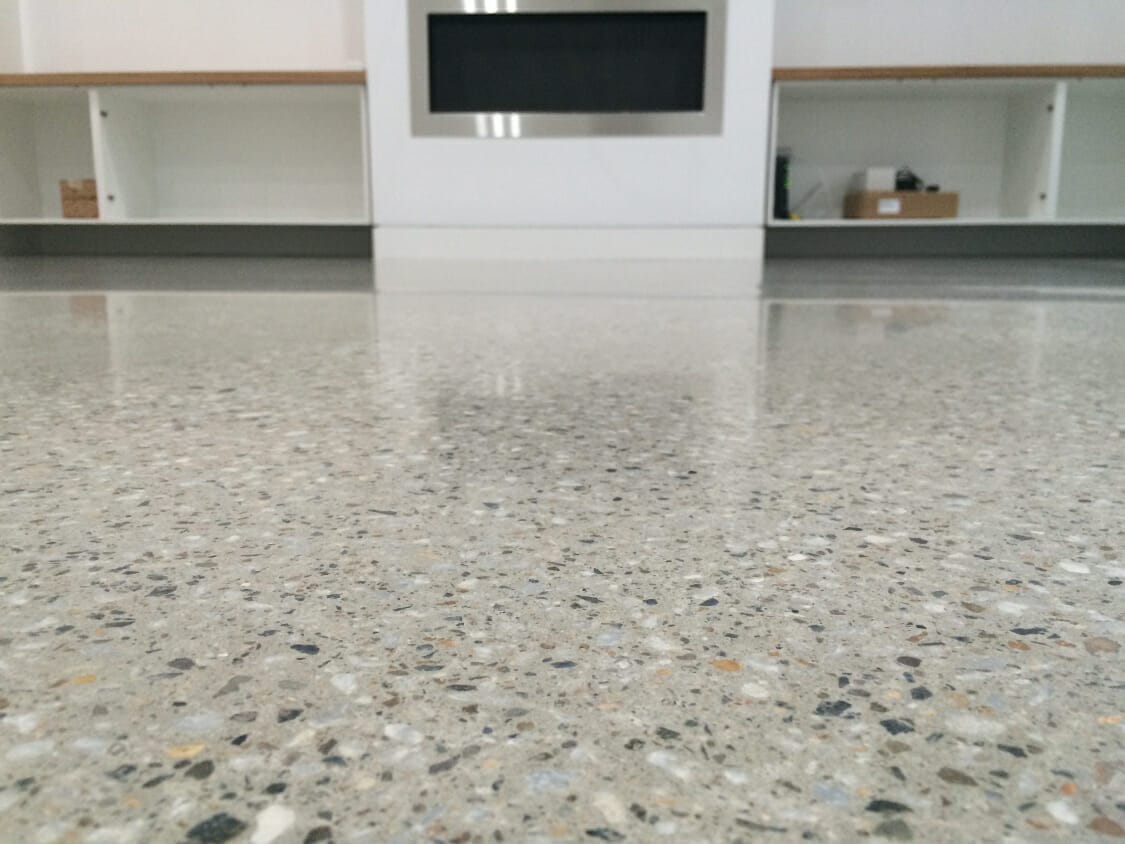
2 – Salt & pepper finish
This options intention is to only lightly expose the aggregate, so it has a smaller or lighter spotted effect. Exposing the floor to a greater level like this does allow for the possible signs of foot marks, uneven distribution of aggregate and inconsistencies we have previously described in the pouring process but can also add character to the floor. This exposure level requires a minimum of 25mpa or higher hardness and must be well cured

3 – Exposed aggregate finish
This last option is cutting back the concrete to its furthest point to fully expose the stones and aggregates in the floor. It offers a greater visible appearance of the aggregate and allows for a more decorative finish. This is the most labour intensive of all finishes and depending on the distribution of stones or level they sit within the floor, can often automatically be the next step once exposing the floor.
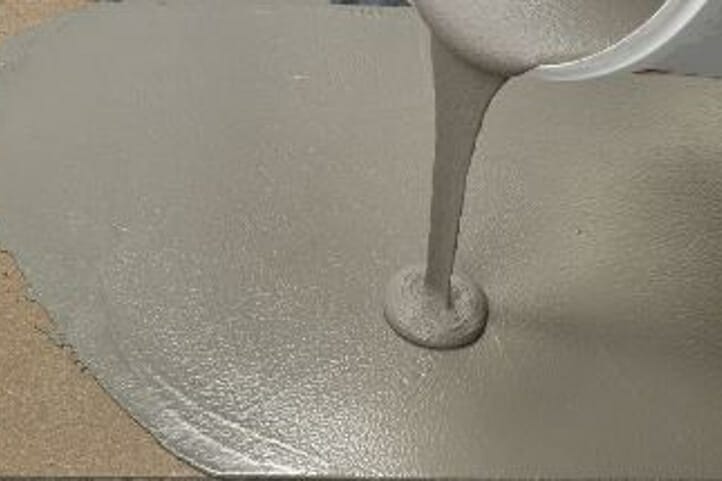
Self Levelling
Generally, there are 2 types of self levelling compounds that are commonly used on concrete floors.
The first is a basic underlayment that is used to smooth out imperfections, uneven areas, holes or lippage in preparation for new floor coverings to be laid over the top. These could include hardwood timber flooring, floating floors, carpet or tiles.
The second option is a decorative self levelling compound which has similar objectives to the underlayment product however it can offer the opportunity to choose a specific colour or decorative finish.
